I offer clock repair and restoration services, including the movements, dials and cases of antique clocks. I am an experienced antique clock collector and restorer based near Newmarket, Suffolk.
I can help with servicing longcase (grandfather) clocks and mantel and bracket clocks, dial resilvering, sourcing replacement parts such as lost pendulums and weights, replacing gut lines and mainsprings, replacing balance platforms, traditional heat bluing, and machine shop (lathe and milling) fabrication. I have a a Boxford CNC mill which allows me to reproduce historical parts precisely. I specialise in longcase clocks and bracket clocks built between 1670 and 1870.
Important note: I am currently fully-booked for at least a year, so I can’t take on new projects for the moment. Thanks for your understanding.
Please include photos of your clock, if possible.
Example clocks
Repaired and restored clocks often look dramatically improved, and the results can be very satisfying (especially for family heirlooms). Here are some before-and-after photos of clocks I have worked on recently.
John Clowes, London (1690s)
A beautiful and important early clock made in London by a well-known maker. The dial needed restoration and the movement was restored in full.
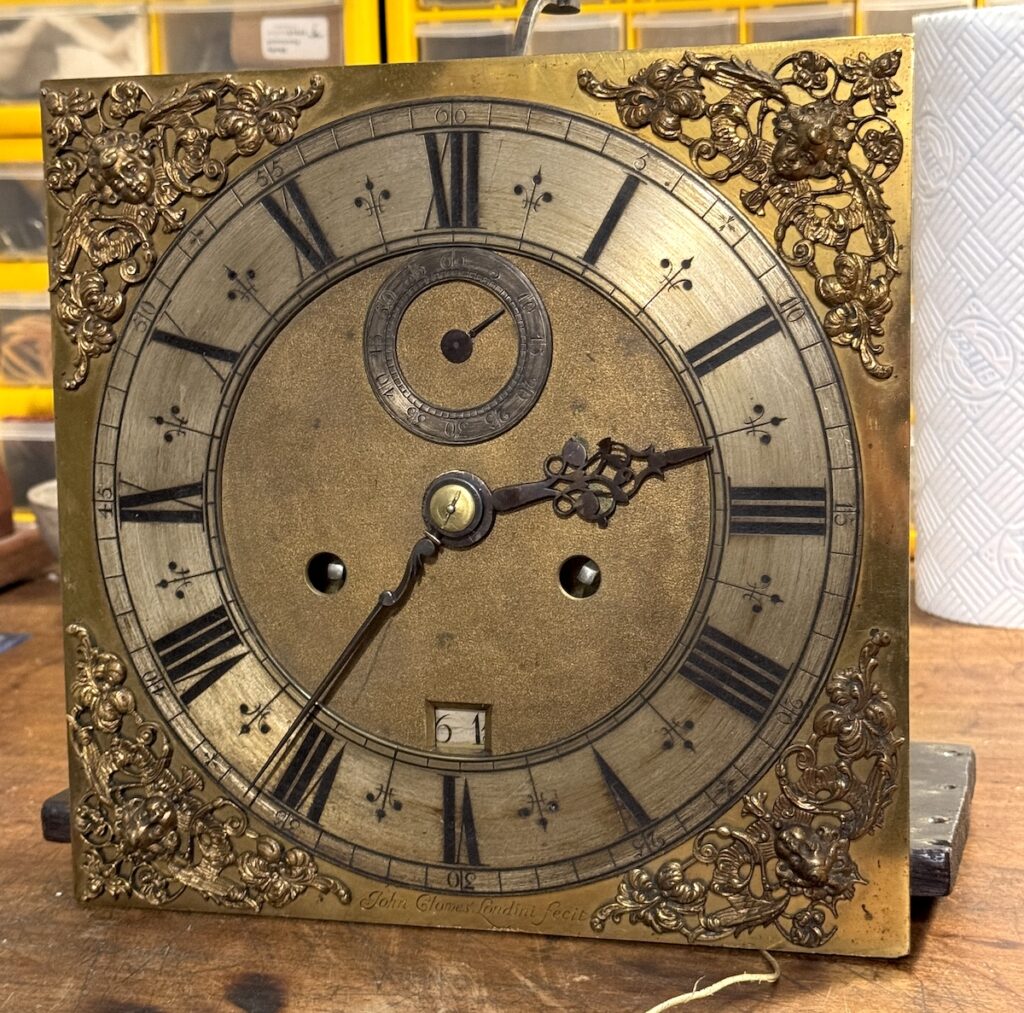
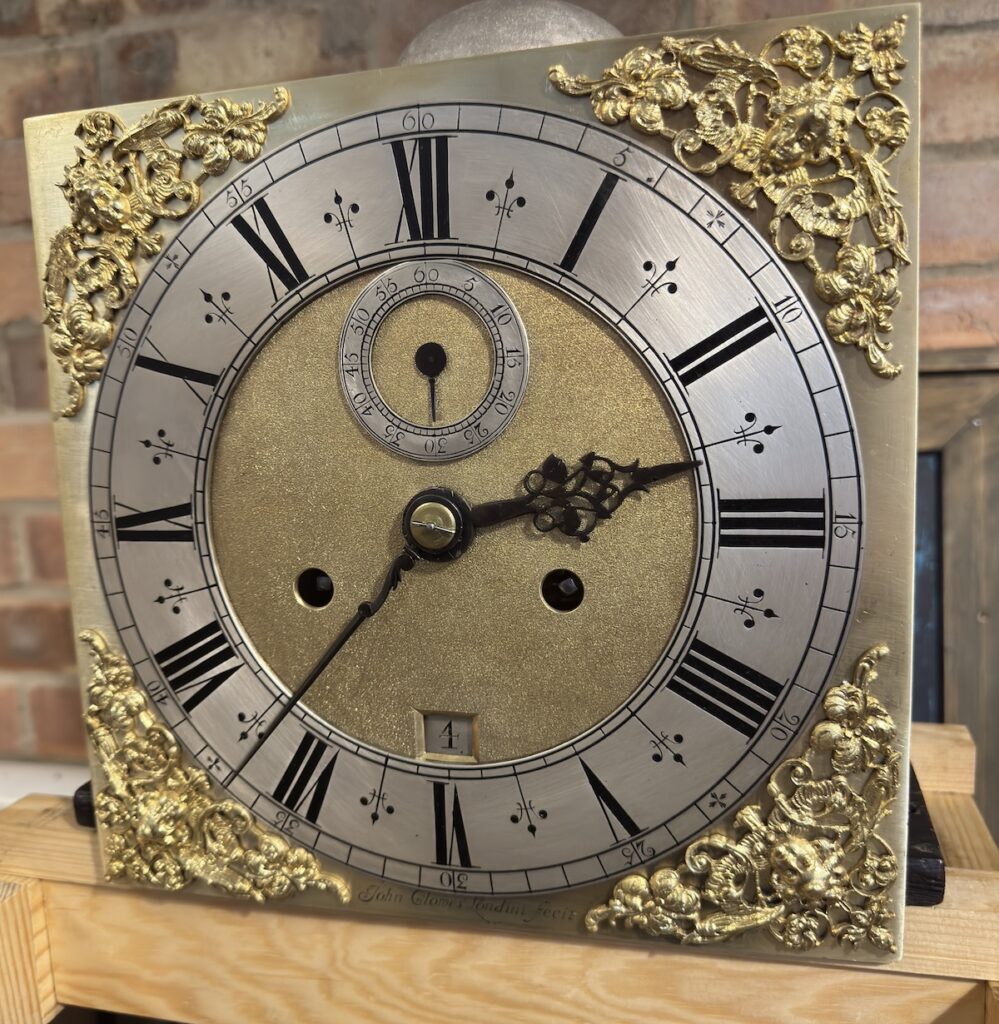
Thomas Smith, Norwich longcase clock (1760)
This fine town clock had been stored for a very long time, with significant corrosion to resolve, as well as needing completely replating on the silvered dial parts.

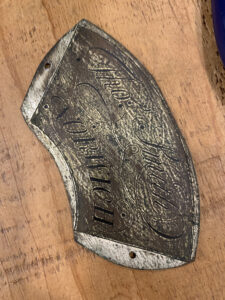
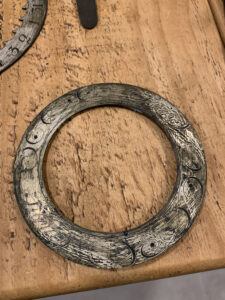
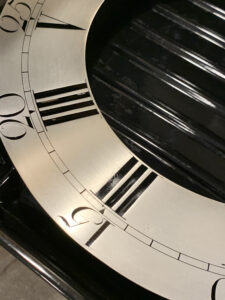
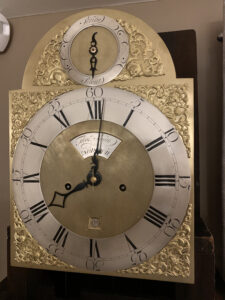
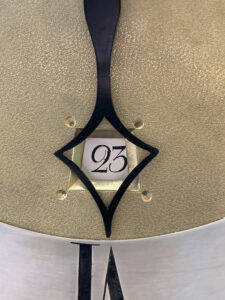
Hurst, Leeds double fusee bracket clock (1840)
A wonderful example of an early Victorian bracket clock, sadly in poor repair on the strikes, which were chaotic and vibrated the case, as well as missing out several hours after 12 o’clock (a common problem when the rack striking part of the movement is worn or mis-assembled). Cleaned, restored the movement and case and brought it back to life!
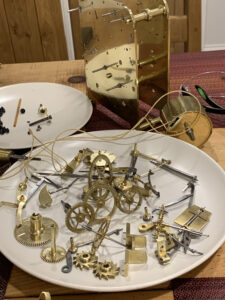
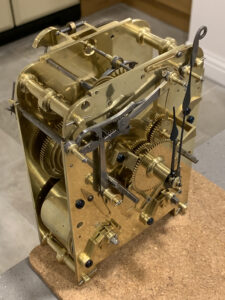
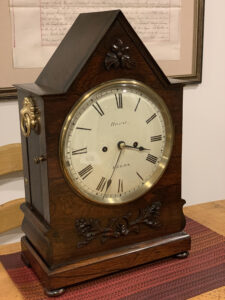
Bracket clocks such as the one above are going through a surge in popularity right now, and fetching high prices at auction.
Ralph Weston longcase clock (1720)
This beautiful 30-hour clock had been in a barn for 40 years, and was missing its weights, bell and pendulum. After restoration it looks wonderful, and keeps time perfectly again.
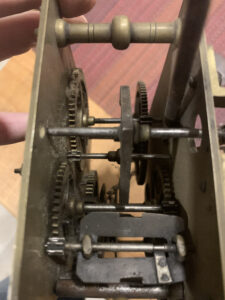
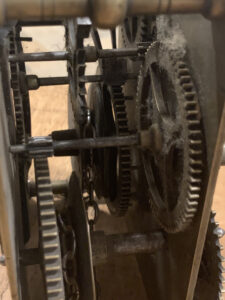
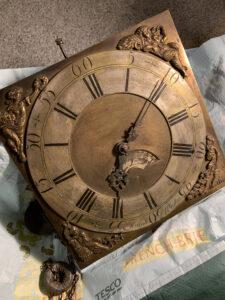
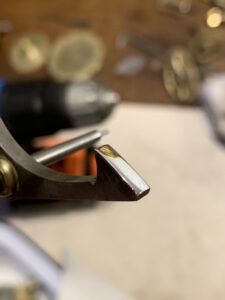
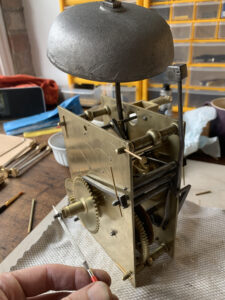
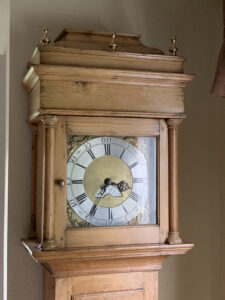
Winterhalder and Hoffmeier bracket clock (1880)
This W&H clock has a very high quality movement, but after an accident at some point in recent years, three of its gear teeth had been stripped when a spring broke. The clock could not run at all. The parts were repaired, and all of the case and silvered components were replated as well as heat-bluing the hands.
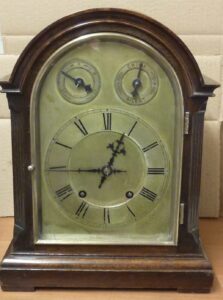
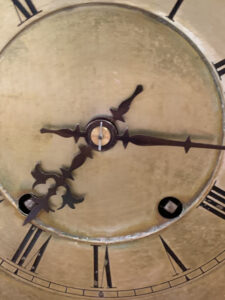
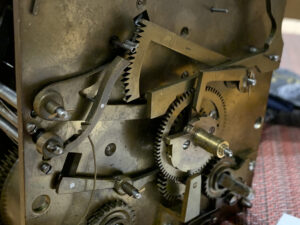
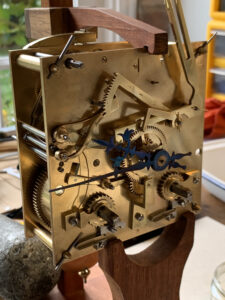
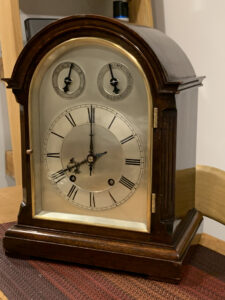
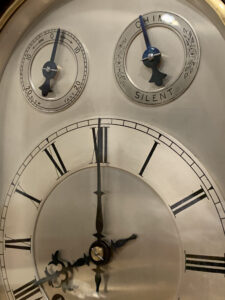
John Owen, Llanrwst longcase clock (1765)
Llanrwst (Conwy, Wales) is the home of very high quality clocks made by the Owen family in the 1700s and into the early 1800s. This John Owen clock needed cosmetic repairs as well as the movement stripping, cleaning and reassembling.
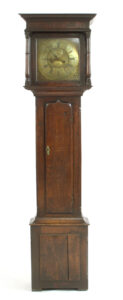
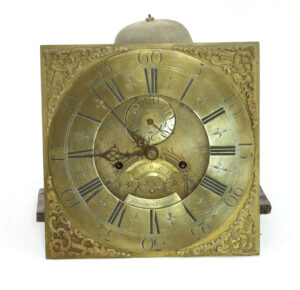
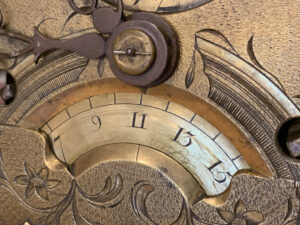
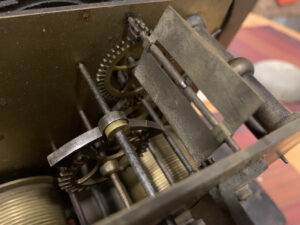
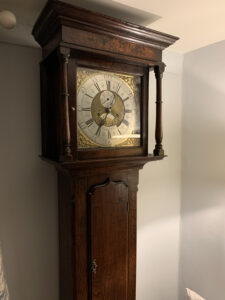
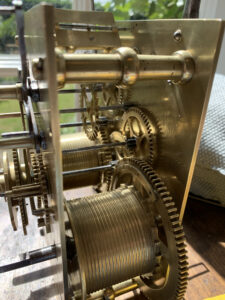
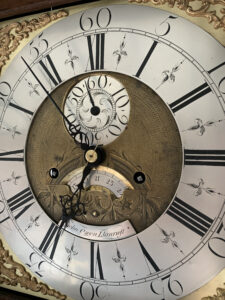
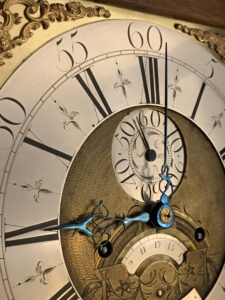
John Stanyer, Nantwich longcase clock (1790) dial restoration
This clock needed significant dial restoration, including replacing the channel engraved wax in the chapter ring, the date ring and engravings on the plate. The clock hands were also completely restored and heat blued.
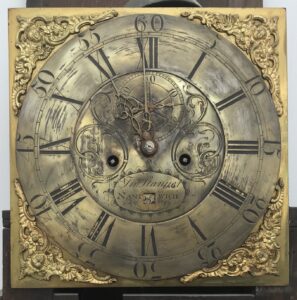
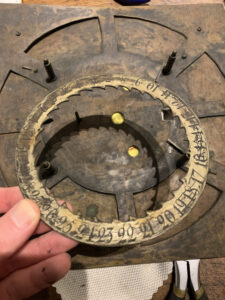
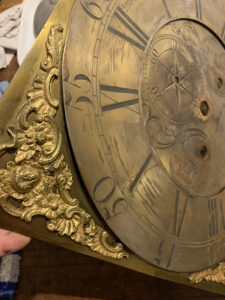
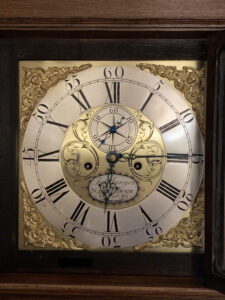
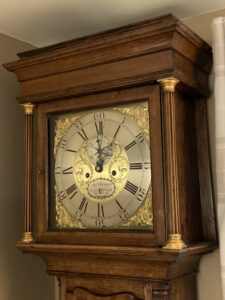
Jahrsurhen Fabrik mantel clock
Modest mantel clock movements can also be brought back to life. This clock was given as a gift after restoration and other work on the case and movement.
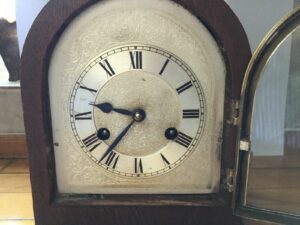
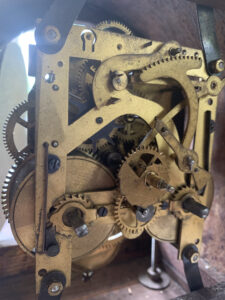
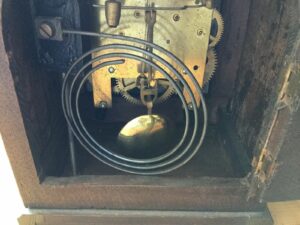
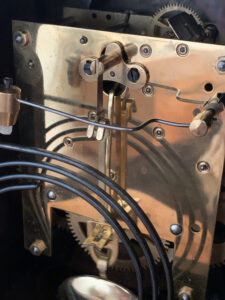
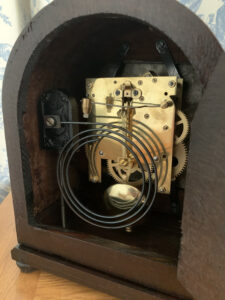
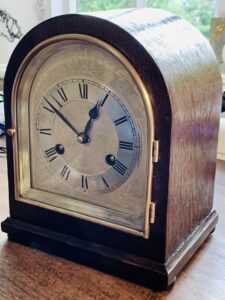
Winterhalder and Hoffmeier 1/4 bracket clock – late 1800s
This W&H clock needed the case repairing and polishing, as well as the movement dismantling and cleaning. A new mainspring was fitted as well as putting right a problem that prevented the ‘ting-tang’ chimes from operating correctly. A number of missing parts were sourced and fitted to complete the restoration.
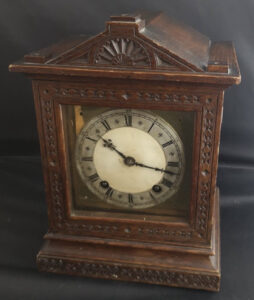
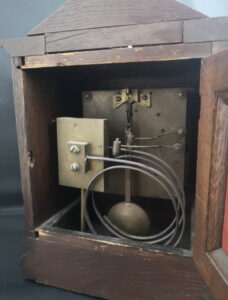
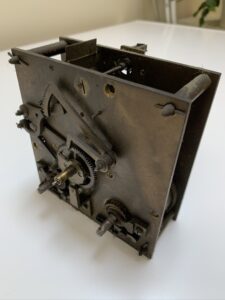
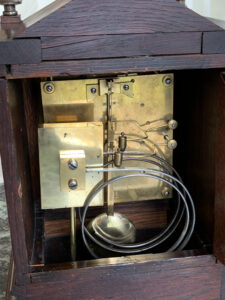
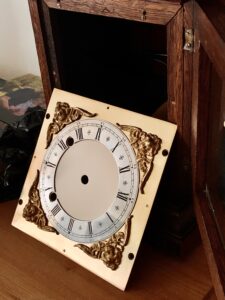
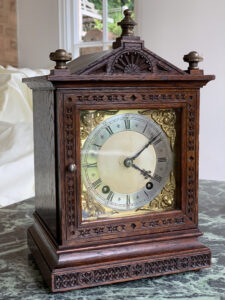
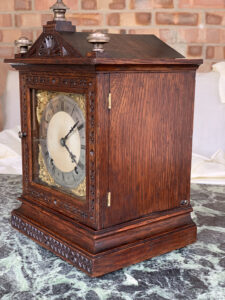
Heating bluing examples
Clock hands were traditionally polished and heat blued, and not painted. If you have an old clock and would like it to look correct to its original design, the hands should be heat blued using traditional methods.
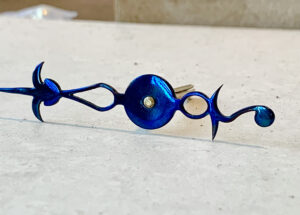

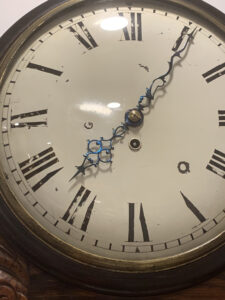
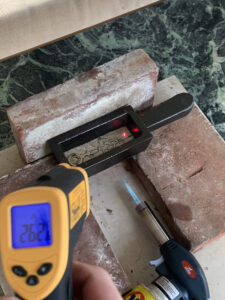
As you can see in this example (Lenzkirch bracket clock), even when an existing dial has blued hands, cleaning and re-doing the work can make a big aesthetic difference – and refreshing the silvering makes a clock face look pristine:
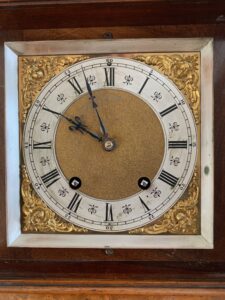

Howell & James Carriage Clock
Carriage clocks are often in a rather bad way as they may have been partly polished (removing some plating) and also typically suffer from poor maintenance due to their construction. The jewelled platform movements are generally nearly worn out and the clock may have suffered a spring failure. This fine quality clock made by Howell and James needed a fairly extensive service and rebuild to restore it to its full glory.


Polishing and refinishing
Many older clocks benefit from refinishing after stripping. This is only appropriate on less precious clocks as older clocks should always be preserved. The finish will look ‘as new’, and is generally also accompanied by polishing and lacquering the brass parts to a shine.




Please get in touch if you have a clock that needs some TLC. Thanks for browsing!
Michael.